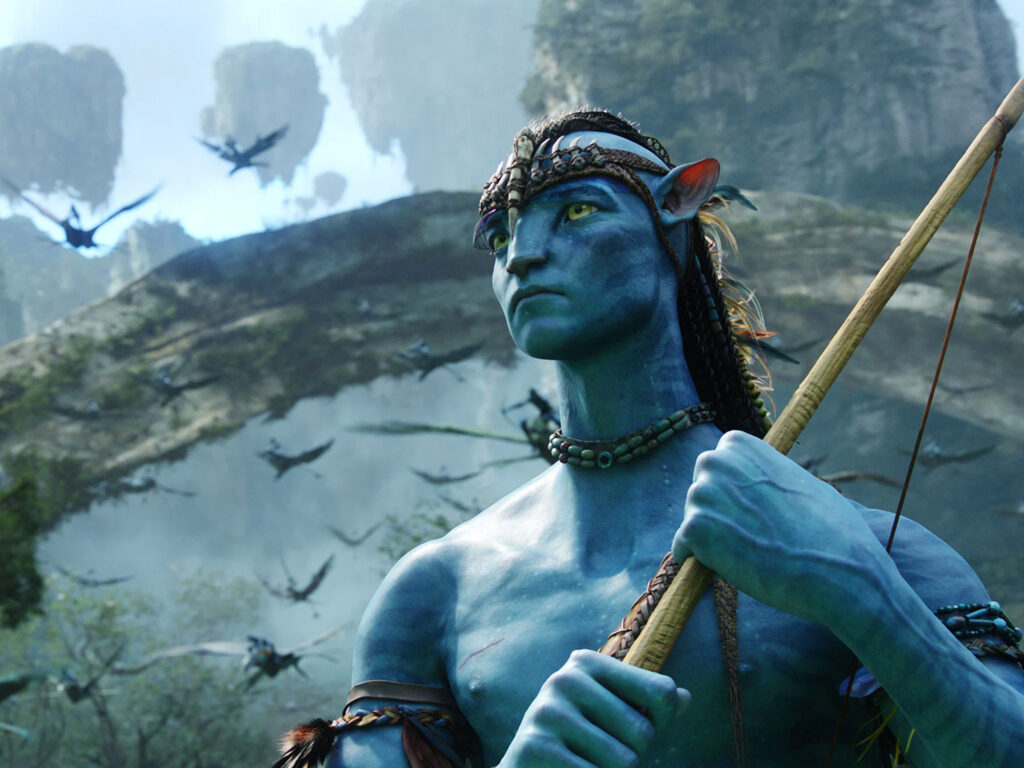Avatar: The Way of Water: If the Blue Fits

James Cameron’s Avatar: The Way of Water is a movie full of miracles—floating mountains, underwater trees, resurrected warriors, talking whales—but perhaps the most miraculous thing about it is that it exists at all. With more than a decade spent in mysterious development, its hypothetical completion and release became something of an industry joke—the cinematic equivalent of hell freezing over. Yet defying the odds has long been Cameron’s forte; remember, Titanic was a colossal boondoggle until it became the biggest movie in the world, and the original Avatar was initially anticipated to be a misbegotten foray into motion-capture extravagance before it dethroned Titanic and attained box-office supremacy. (Until Star Wars: The Force Awakens came along, financial analysts resorted to qualifying new hits as setting records among movies “not directed by James Cameron.”) Now, 13 years later, the self-proclaimed king of the world has finally emerged from the oceanic depths with a sequel, and it’s both exactly what you expected and more than you could’ve imagined: repetitive, eye-popping, clunky, spectacular. Strictly speaking, The Way of Water may not be better than Avatar—which, to be clear, is fantastic—but there is certainly more of it.
In a sense, Cameron’s triumph here is limited, even as it’s also boundless. His reputation as a cinematic pioneer remains intact—he once again channels his instinctual pop savvy and his extraordinary grasp of technology to conjure images, environments, and sequences that have never before been glimpsed on screen—yet his innovation is still exclusively (if exquisitely) visual. From a storytelling standpoint, he prefers to mine familiar terrain. If Avatar was derivative of a dozen prior adventure epics (it’s Dances with Wolves! it’s Pocahontas! it’s FernGully!), The Way of Water is derivative of Avatar. Once again, the native Na’vi—those twelve-foot blue-skinned forest-dwellers who are indigenous to the bountiful planet of Pandora—find themselves under attack by marauding human invaders. There are minor tweaks—instead of installing a mining operation, the colonizers now seek to permanently inhabit Pandora in light of Earth’s impending ecological demise; rather than extracting the precious mineral “unobtanium,” venal poachers now hunt down giant sea beasts to secure a priceless enzyme that prevents people from aging—but the movie’s central conflict remains largely uncomplicated: The Na’vi and the humans are still at war, and the good guys—led by Jake Sully (Sam Worthington), the former Marine who defected after he fell in love with the beautiful and fearsome Neytiri (Zoe Saldaña)—are the ones in blue. Read More
